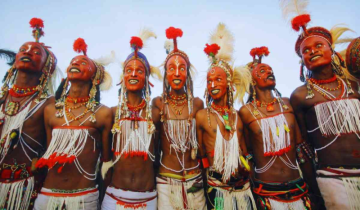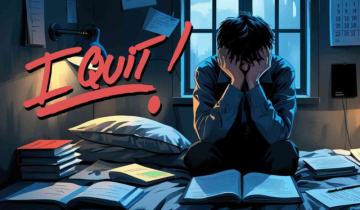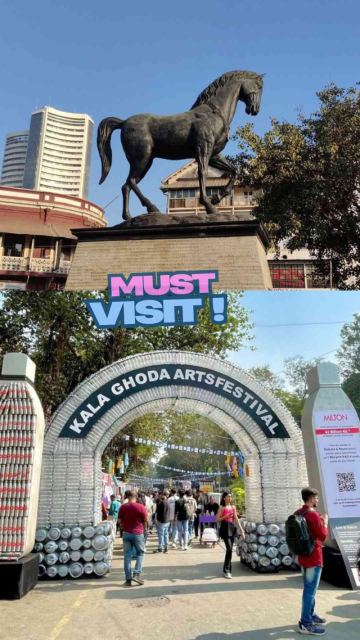Women in Bollywood have long been portrayed through a distorted lens, often seen as mere rewards for men’s victories or moral conquests. This objectification manifests in various ways like item songs that reduce women to mere objects of desire, the damsel in distress trope, and female leads often relegated to the role of nurturing figures, guiding men towards their right path.
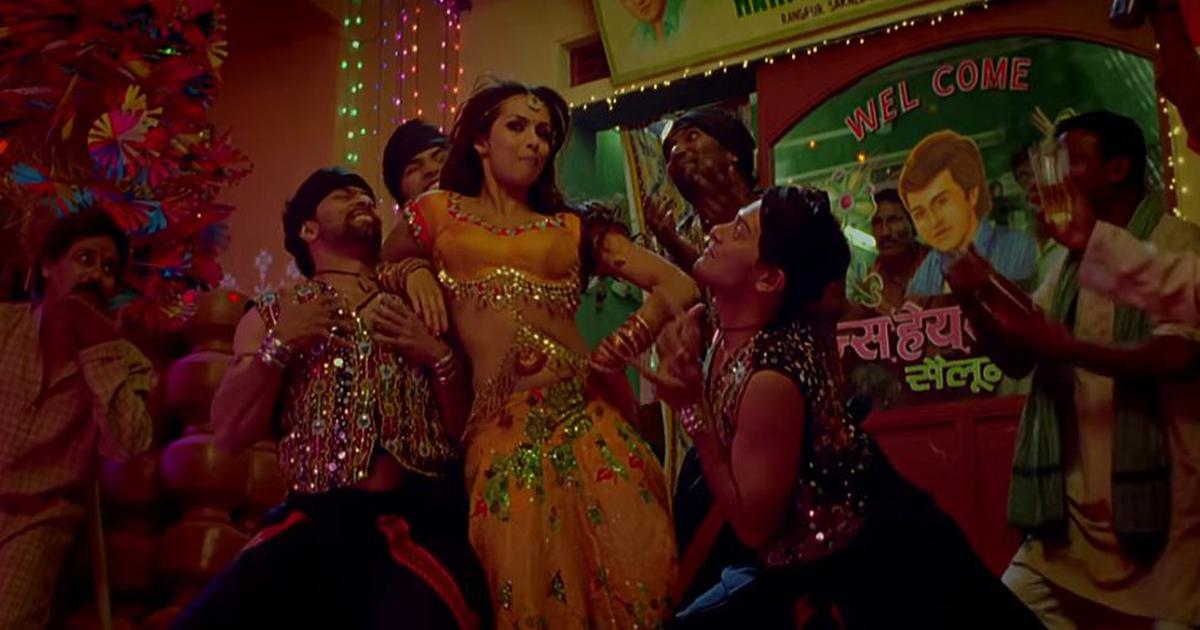
Such representations reflect a pervasive male gaze that diminishes women to secondary characters in their own stories.
The Early Days of Indian Cinema
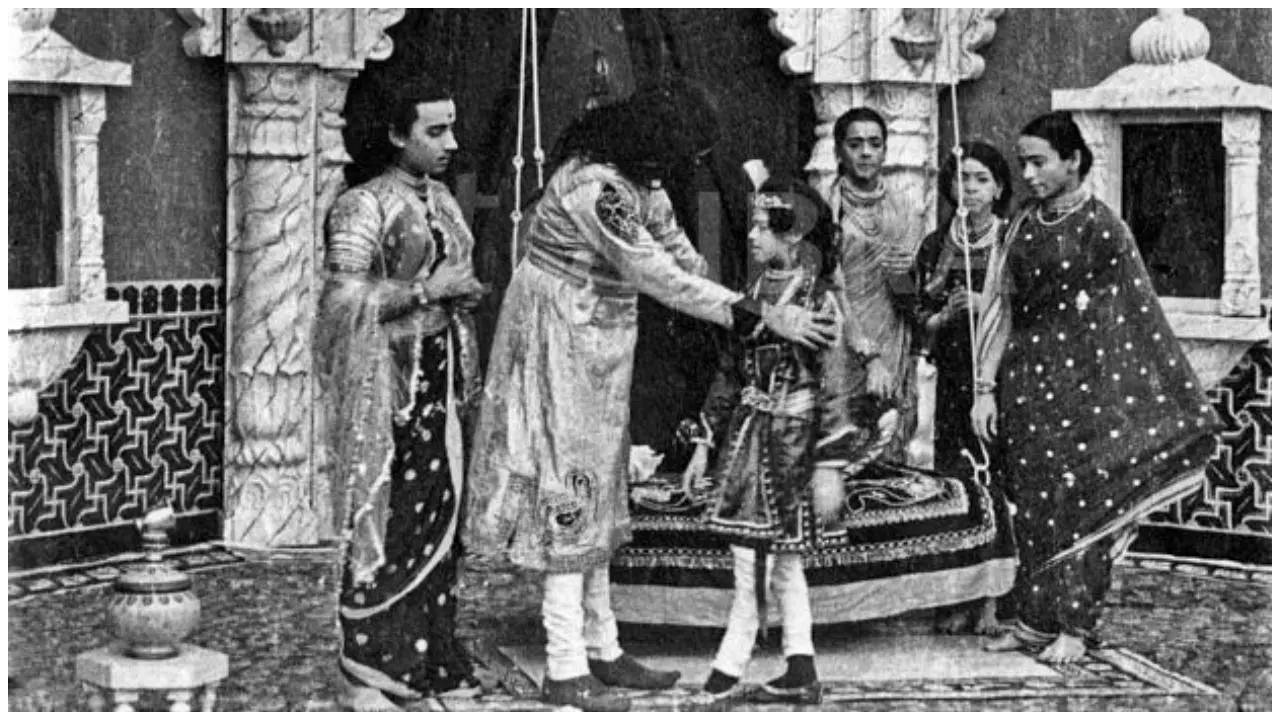
The journey begins with the first full-length Indian feature film, Raja Harishchandra (1913), which featured an all-male cast due to societal norms that discouraged women's involvement in the performing arts. However, the same year saw the introduction of women in Indian cinema with Dadasaheb Phalke's Mohini Bhasmasur. Throughout the early years until the 1950s, films often depicted women as passive characters, focused on nationalist or mythological themes.
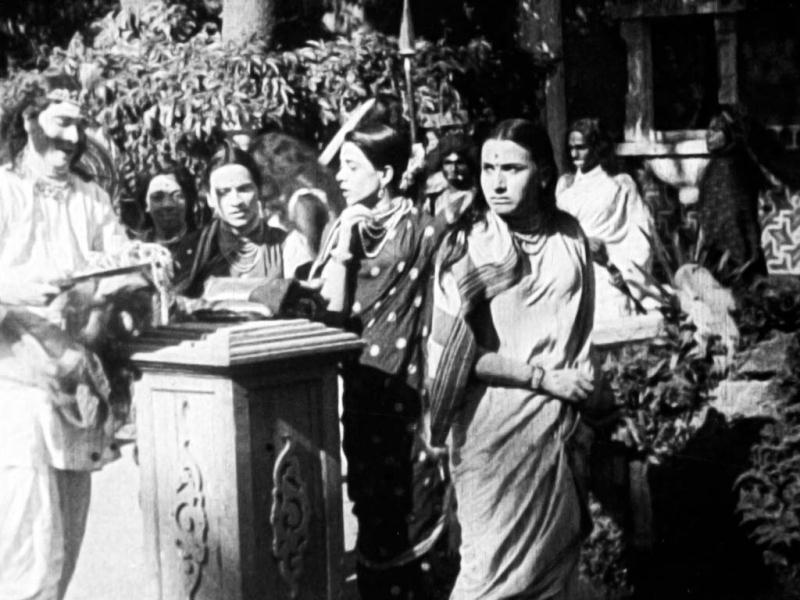
The Golden Age: 1950s-70s
The period known as the Golden Age of Bollywood brought forth iconic characters, yet many of these women were defined primarily by their relationships with men. Mothers, wives, and partners served to support the male protagonists, embodying traditional values even in the face of personal struggles. A notable exception is Radha from Mother India, whose resilience against adversity left a lasting impact. Although many themes from this era feel outdated today, Radha's character remains a significant milestone in female representation.
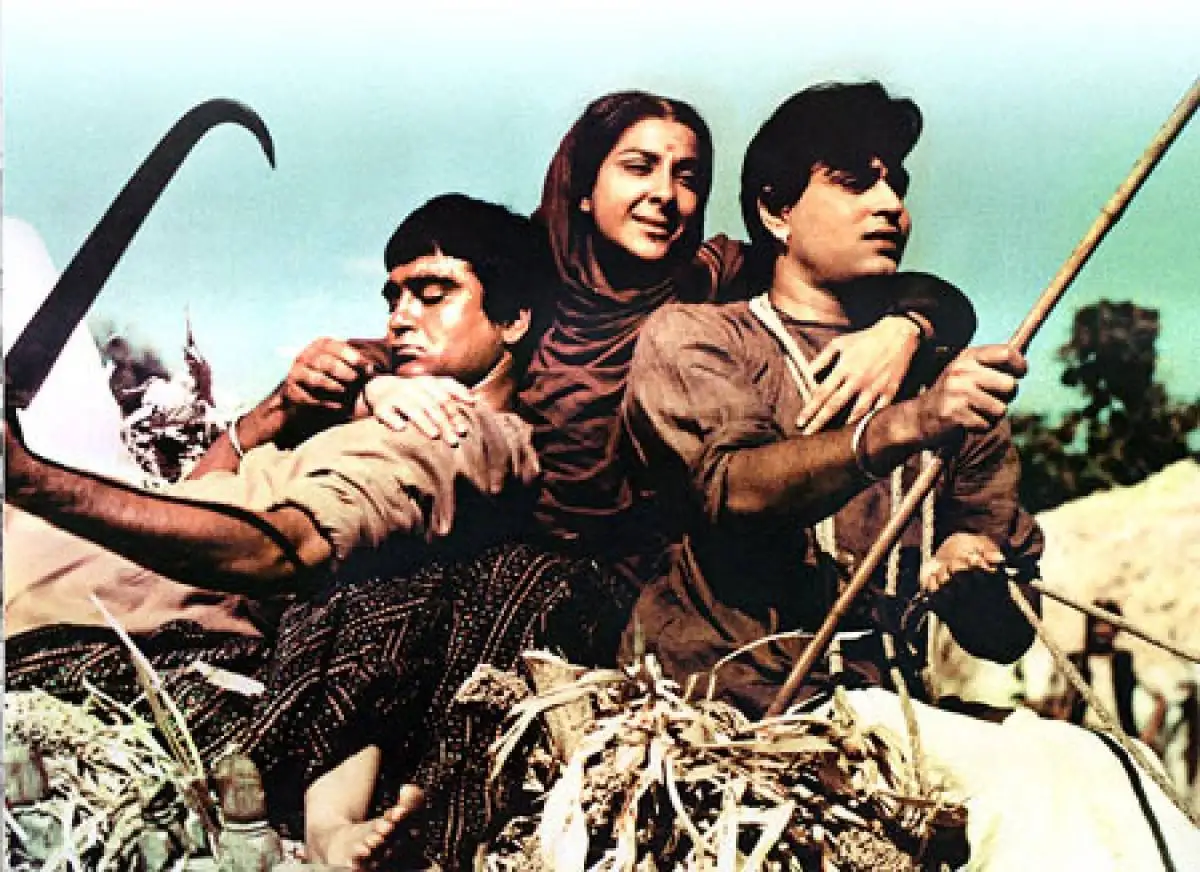
Shifting Narratives: The 80s and 90s
As Bollywood shifted towards love stories in the 80s and 90s, the portrayal of women evolved yet again. Characters frequently fell into predictable molds: the damsel in distress or the dutiful wife sacrificing her ambitions for family. While choosing to be a homemaker is a valid personal decision, the portrayal of women as solely homemakers in films is problematic. This era also introduced "vamps," who, despite being portrayed as manipulative seductresses, exhibited a level of independence often denied to female leads.
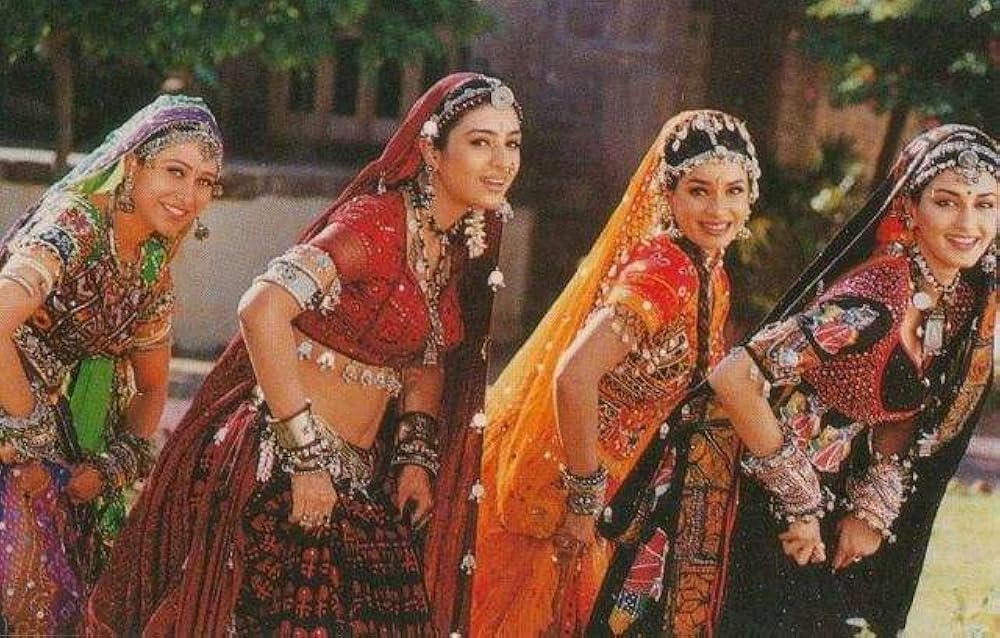
Films like Hum Sath Sath Hain, Kuch Kuch Hota Hai, and Dilwale Dulhania Le Jayenge are labeled timeless classics, yet they are riddled with gender stereotypes and troubling tropes. For instance, the notion that a happy home is created by women cooking and nurturing, as seen in Hum Sath Sath Hain, is disheartening.
A Step Towards Authentic Representation
In recent years, the depiction of women in Bollywood has begun to shift positively. Films like Veer-Zaara, Kahaani, and Dangal feature female characters who are more complex and independent, capable of making their own choices. Recent films like Raazi, Thappad, and Lipstick Under My Burkha celebrate women's stories, desires, and choices, providing them more screen time and narratives they have long deserved.
While Bollywood has made strides in portraying women as empowered individuals, the journey is far from complete. The evolution from objectification to empowerment reflects a growing recognition of women’s roles in society. As audiences demand more authentic and diverse representations, it is crucial for filmmakers to continue challenging outdated stereotypes and celebrating the rich tapestry of women's experiences. The path to true equality in cinema remains a work in progress, but every step forward is a victory worth celebrating.
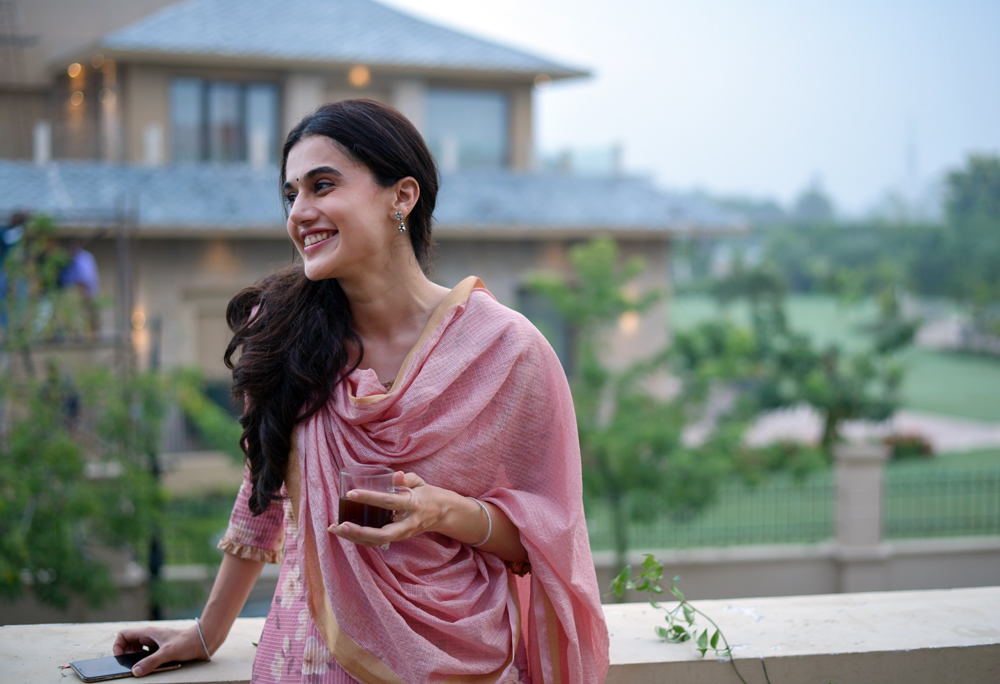
The early 2000s marked a pivotal shift in Bollywood, moving away from traditional narratives to embrace a new era of storytelling. As the millennial generation began to challenge outdated societal norms, the portrayal of female characters started to evolve gradually.
This change in perspective is largely due to a growing awareness among audiences about the need for equality in storytelling. The increasing involvement of women in writing and directing has allowed for richer, more authentic narratives. As audiences gained access to global cinema through the internet, they began to reject the one-dimensional portrayals of women that had dominated Bollywood for quite a long period of time. Films like Fashion, Thappad and Lipstick Under My Burkha opened doors to previously unexplored topics, such as female sexuality and personal agency.
Progress and Pitfalls
However, it's essential to recognize that we are not yet in a "Golden Era" for women in cinema. The industry still struggles with unrealistic beauty standards, where female characters are often expected to conform to specific physical ideals, overshadowing their professional roles.
On a positive note, there is a growing acceptance of female-led films among audiences. Movies like Piku, Neerja, Queen, and Kahaani have resonated strongly, showcasing complex female characters and diverse narratives. This shift reflects a broader change, where women are demanding to see representations of themselves that are more authentic and relatable.
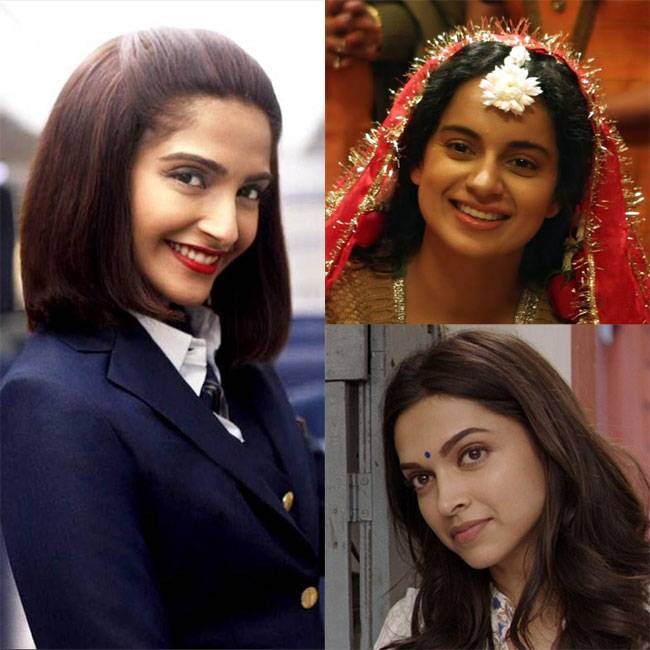
Bollywood has made changes with time in the portrayal of female leads since 2000. The journey toward equality in storytelling is an ongoing process, and as audiences continue to advocate for diverse narratives, the future of female representation in Bollywood will keep enhancing in a positive way.
With inputs from agencies
Image Source: Multiple agencies
© Copyright 2024. All Rights Reserved Powered by Vygr Media.




